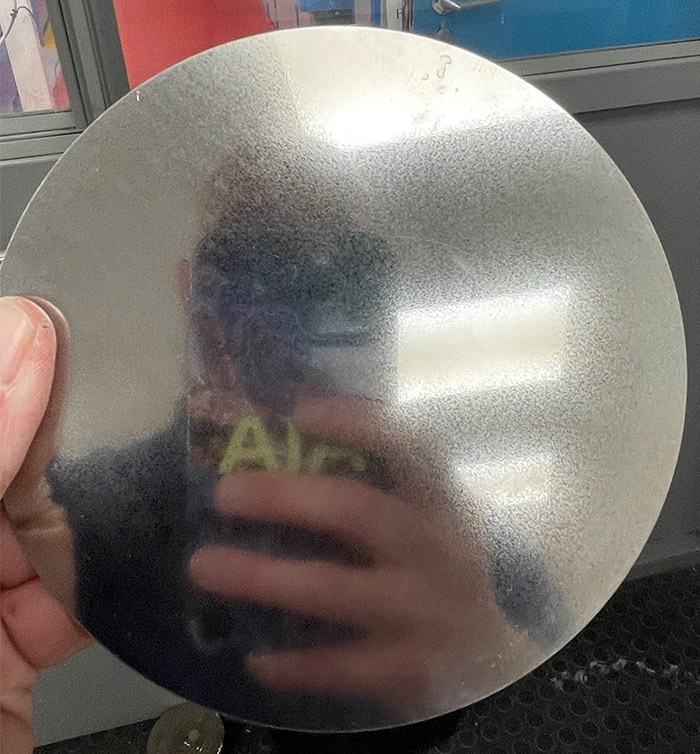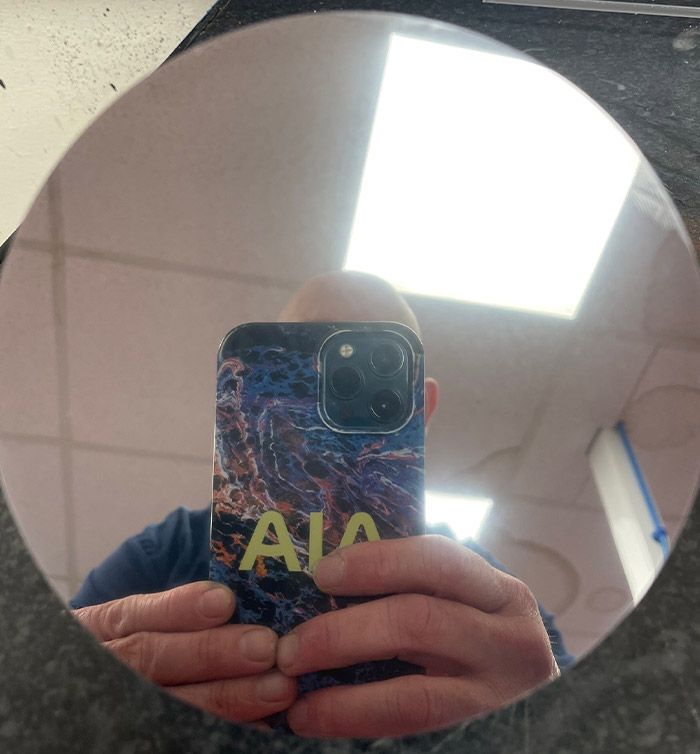Polishing Molybdenum for Ultra-Smooth Surface Finish
Molybdenum is a high-strength, heat-resistant material commonly used in industries requiring exceptional durability and performance. Achieving an ultra-smooth surface finish on molybdenum is critical for applications where precision and reduced surface irregularities are essential. The primary goal was to achieve a mirror-polished surface on molybdenum with a surface roughness (Ra) below 0.02 µm. The process was divided into two distinct stages: pre-polish and polish, utilising advanced lapping and polishing equipment. The equipment and materials used for the process included:
- Stage 1: Pre-Polish
- Equipment: Kemet 15 Diamond Lapping Machine
- Abrasive: Aquapol-P 9 Micron
- Polishing Pad: PSU-M polishing pad, 15-inch diameter
- Stage 2: Polish
Process Details
Stage 1, Pre-Polishing: The pre-polishing stage involved the use of a Kemet 15 Diamond Lapping Machine equipped with a PSU-M polishing pad and Aquapol-P 9-micron diamond abrasive. This step was designed to remove surface irregularities and prepare the material for finer polishing. The key objectives during this stage included: Reducing initial surface roughness Establishing a uniform surface for the final polishing stage Stage 2: Polishing The polishing stage further refined the surface finish using the same equipment with finer abrasive media (Aquapol-P 6 Micron) on a PSU-M polishing pad. This stage focused on achieving the desired mirror finish with minimal surface waviness. Careful control of machine parameters, abrasive selection, and polishing duration were critical to meeting the stringent Ra target.
Results
The final surface roughness measured Ra 0.0145 µm, surpassing the target of Ra < 0.02 µm. The customer's reference part had an Ra of 0.0419 µm, which was over twice the roughness of the polished result.


Molybdenum is a versatile material widely used across various industries due to its unique properties:
- Molybdenum has a high melting point (2,623°C) and excellent thermal stability, making it suitable for applications like furnace components, heating elements, and high-temperature moulds.
- Its excellent electrical conductivity and resistance to thermal expansion make molybdenum ideal for electrical contacts, semiconductor substrates, and X-ray tube components.
- Molybdenum is used in components that must endure high-stress and high-temperature environments, such as jet engine parts, rocket nozzles, and defence shielding.
- It is used in medical imaging equipment, such as X-ray and CT machines, due to its ability to absorb and shield radiation effectively.
- Molybdenum is commonly used for cutting tools, extrusion dies, and other precision instruments due to its strength and wear resistance.
- It serves as an alloying element in steel and superalloys, enhancing strength, corrosion resistance, and creep resistance.
Why Lapping and Polishing is Beneficial for Molybdenum Surface Finishing
Molybdenum's hardness and brittleness make it challenging to machine through conventional methods without causing micro-cracks or defects. Lapping and polishing offer non-abrasive, controlled removal of material, achieving ultra-smooth surfaces with minimal damage. A smoother surface ensures better thermal and electrical conductivity, which is critical for electronic and high-temperature applications. For radiation shielding, polishing reduces the chances of surface defects, improving uniformity and effectiveness. Polished molybdenum components exhibit reduced surface friction, minimising wear during operations and extending the lifespan of tools or parts. Lapping ensures tight tolerances and dimensional control, which are essential for aerospace, medical, and semiconductor applications. Polished surfaces reduce the chances of contamination by minimising grooves or rough areas where debris can accumulate. This is especially important in medical and semiconductor applications. Polishing enhances the material’s reflectivity and aesthetic appeal, which can be crucial in specific use cases like optical components or decorative applications.
Why Diamond Lapping is Particularly Effective for Molybdenum
Diamond abrasives are harder than molybdenum, allowing effective material removal while maintaining control over surface integrity. Diamond lapping minimises surface irregularities and ensures uniform polishing. By varying abrasive particle size, polishing can achieve specific Ra values, like the ultra-smooth finish required for molybdenum in high-precision industries.
